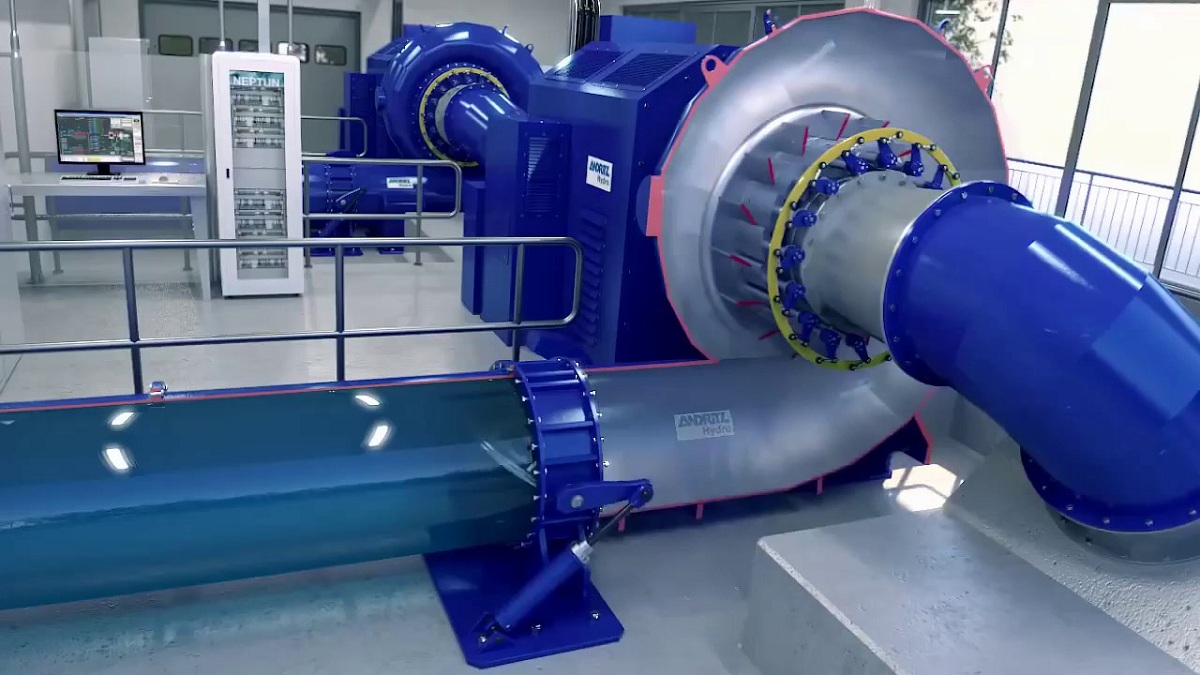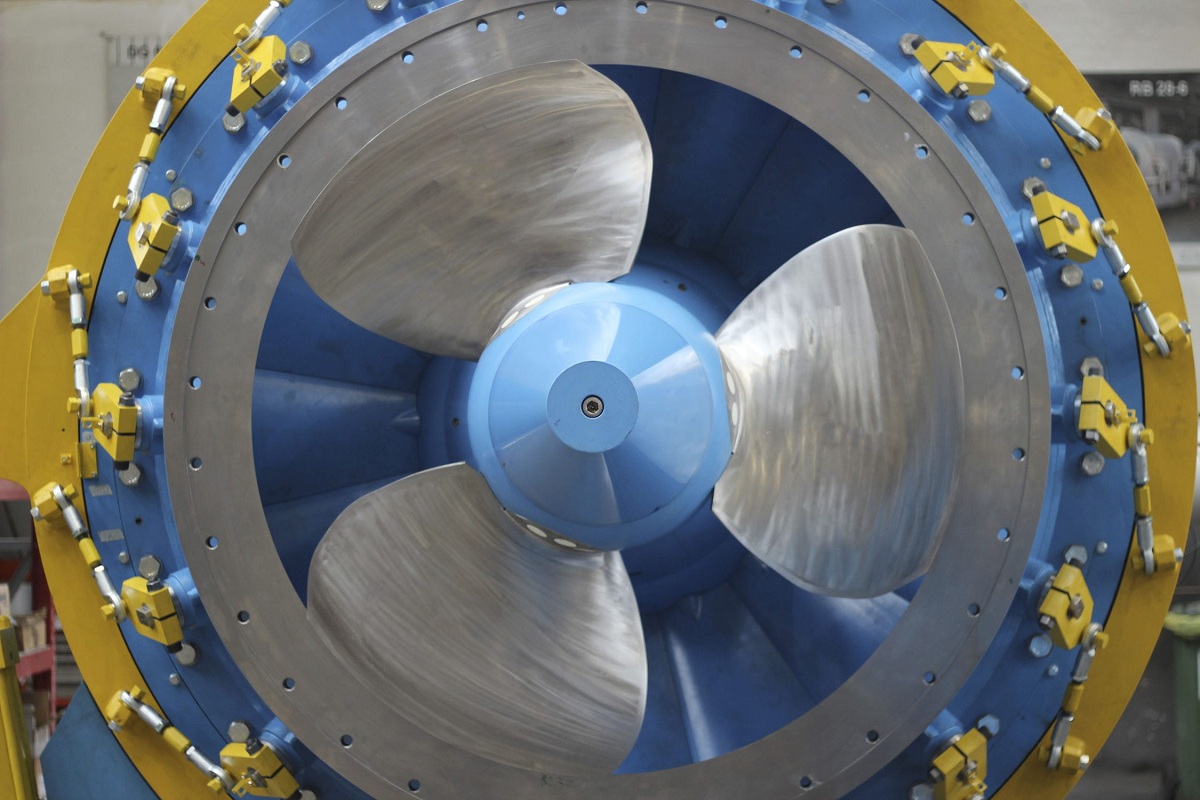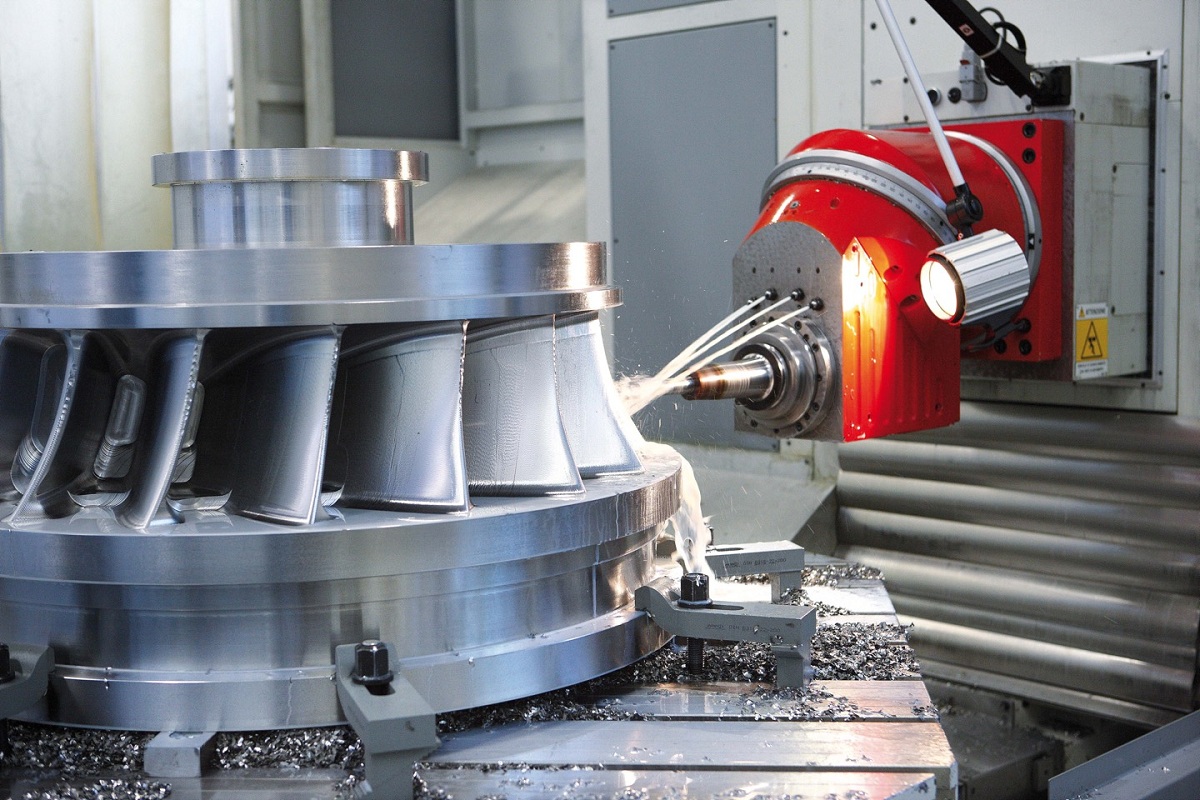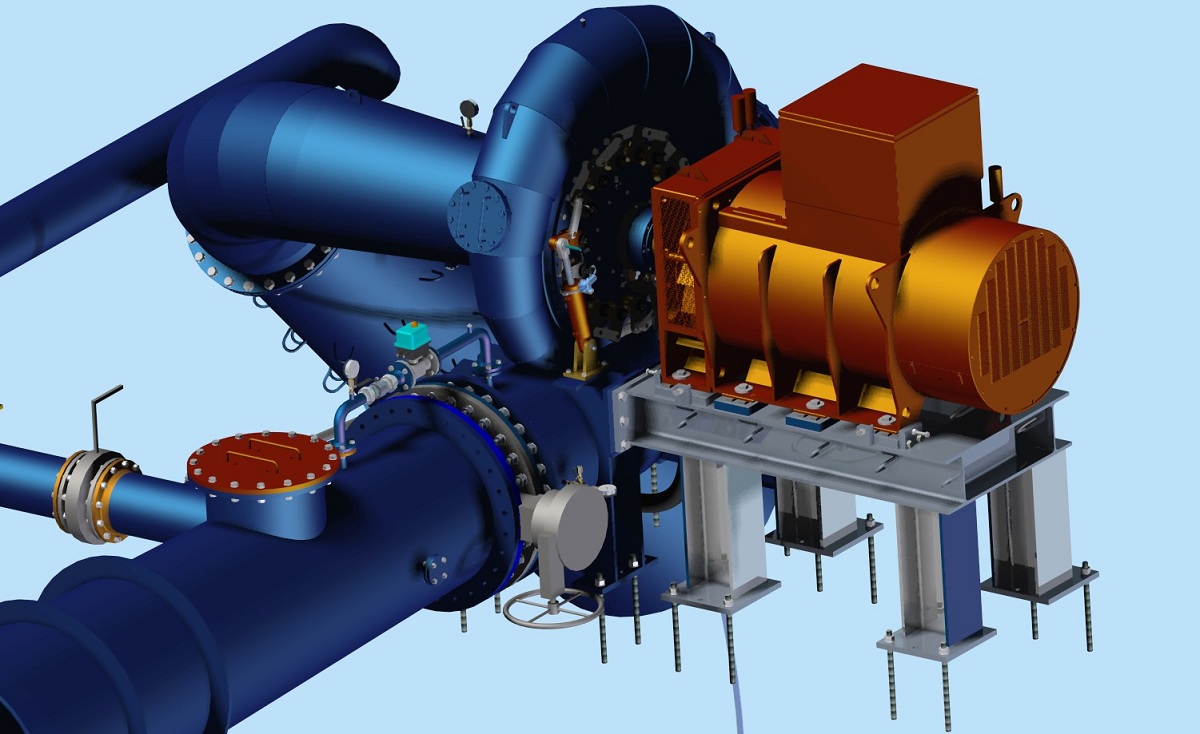
One of the elements most used globally for the generation of hydroelectric energy is the Francis turbine. It is a turbo machine that was developed by James B. Francis and works through reaction and mixed flow. They are hydraulic turbines that are capable of giving a wide range of jumps and flow rates and operate on slopes ranging from two meters to several hundred meters.
In this article we are going to tell you about all the characteristics and importance of the Francis turbine.
Key features

This type of turbine is capable of operating at uneven heights ranging from several meters to hundreds of meters. In this way, it is designed to be able to work in a wide range of heads and flows. Thanks to the high efficiency glue that is built and the materials used for it, this model will be one of the most used in the world. Its main use is in the field of electric power generation in hydroelectric plants.
Hydroelectric energy, as we know, is a type of renewable energy that uses the water in the containers to generate an electric current. These turbines are quite difficult and expensive to design to install but can operate for decades. This makes the investment in the initial cost of this type of turbines higher than the rest. However, it is worth it as the initial investment is able to pay off in the first few years. As with photovoltaic energy in which we use solar panels with an average useful life of 25 years, we can recoup the investment during the 10-15 years of use.
The Francis turbine features a hydrodynamic design that It guarantees us a high performance due to the fact that there are hardly any water losses. They are quite robust in appearance and have a low maintenance cost. This is one of the most advantageous points of this type of turbines since the maintenance is lower and what reduces the general costs. The installation of a Francis turbine with heights greater than 800 meters is not recommended at all since there are too many variations in gravity. Nor is it advisable to install this type of turbine in places where there are large variations in flow.
Cavitation in the Francis turbine

Cavitation is an important aspect that we must control at all times. It is a hydrodynamic effect that occurs when steam cavities are generated within the water that is passing through the turbines. As with water, it can occur with any other fluid that is in a liquid state and through which it acted on forces that respond to differences in depression. In this case, it happens when the fluid passes at high speed through a sharp edge and there are decompensations between the fluids and the conservation of the Bernoulli constant.
It can happen that the vapor pressure of the liquid is in such a way that the molecules can change immediately it has been vapor and a large number of bubbles are formed. These bubbles are known as cavities. This is where the concept of cavitation comes from.
All these bubbles travel to areas from where there is higher pressure to where there is less pressure. During this journey, the vapor suddenly returns to the liquid state. This causes the bubbles to end up crushing and thwarting and producing a trail of gas that produces a large amount of energy on the solid surface and that can crack during the impact.
All of this either makes us have to take into account cavitation in the Francis turbine.
Francis turbine parts

This type of turbines has different parts and each one is in charge of guaranteeing the generation of hydroelectric energy. We are going to analyze each of these parts:
- Spiral chamber: It is the part of the Francis turbine that is responsible for evenly distributing the fluid at the inlet of the impeller. This spiral chamber has a snail shape and it is because the average speed of the fluid must remain constant at each point of it. This is the reason why it must be in the shape of a spiral and a snail. The cross section of this chamber can be of various types. On the one hand, rectangular and on the other circular, the circular being the most frequent.
- Predistributor: It is the part of this turbine that is made up of fixed blades. These blades have a purely structural function. They serve to maintain the structure of the spiral chamber that we have mentioned above and give it sufficient rigidity to be able to support the entire hydrodynamic structure and minimize water losses.
- Distributor: this part is built by moving guide vanes. These elements must conveniently direct the water towards the impeller Arabs that are fixed. In addition, this distributor is in charge of regulating the flow that is allowed when passing through the Francis turbine. This is how the power of the turbine can be modified so that it has to be adjusted as much as possible to the load variations of the electrical network. At the same time, it is capable of directing the flow of the fluid in order to improve the performance of the machine.
- Impeller or rotor: it is the heart of the Francis turbine. This is because it is the place where the energy exchange takes place between the whole machine. The energy of the fluid normally at the moment it passes through the impeller is the sum of the kinetic energy, the energy that the pressure has and the potential energy with respect to the height. The turbine is responsible for converting this energy into electrical energy. The impeller is responsible for transmitting this energy through a shaft to an electric generator where this final conversion is carried out. It can have various forms depending on the specific number of revolution the machine is designed for.
- Suction tube: It is the part where the fluid comes out of the turbine. The function of this part is to give continuity to the fluid and recover the jump that has been lost in the facilities that are above the outlet water level. In general, this part is built in the form of a diffuser so that it generates a suction effect that helps to recover part of the energy that has not been delivered to the rotor.
I hope that with this information you can learn more about the Francis turbine.